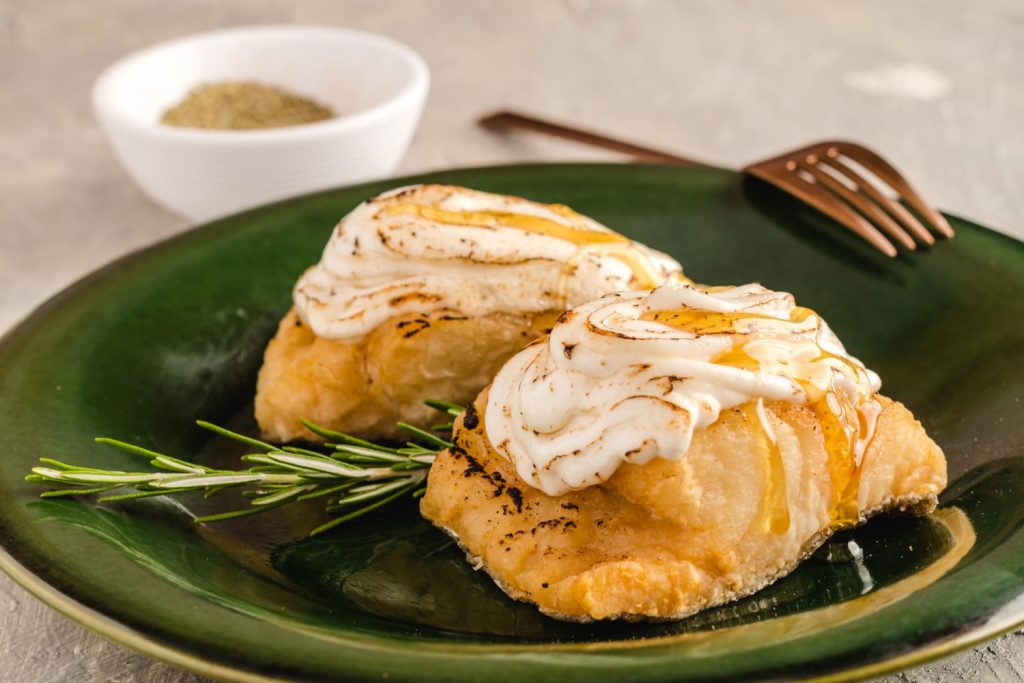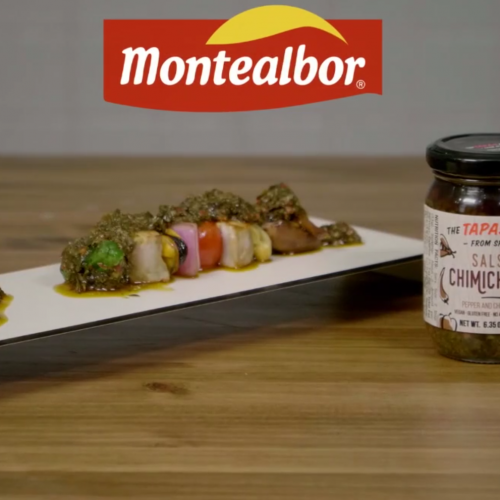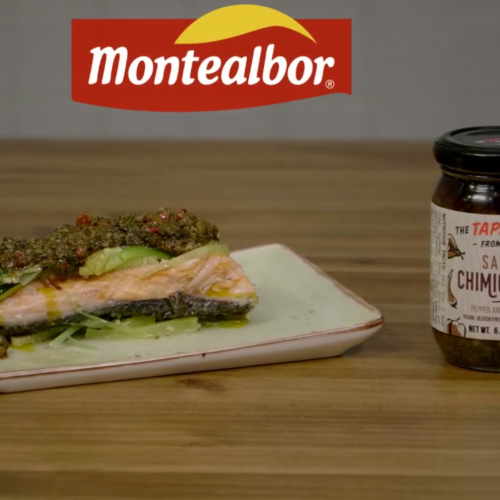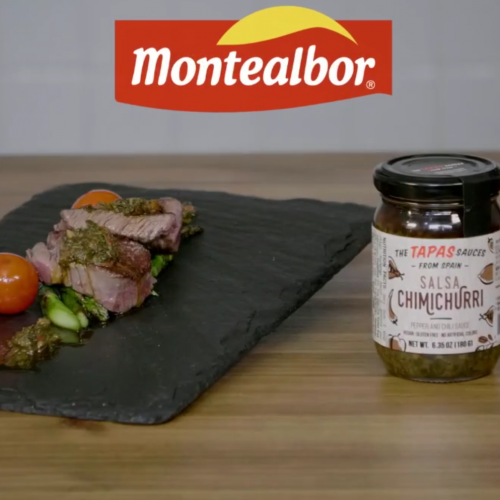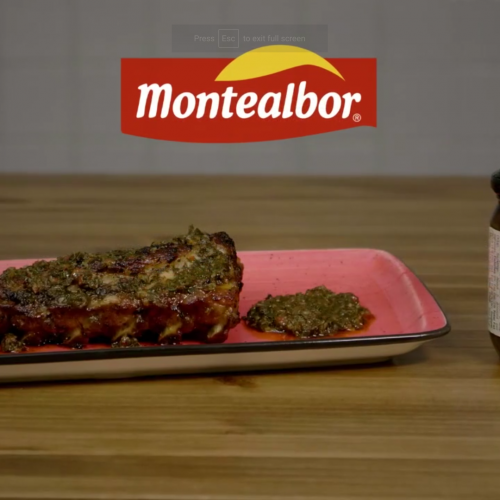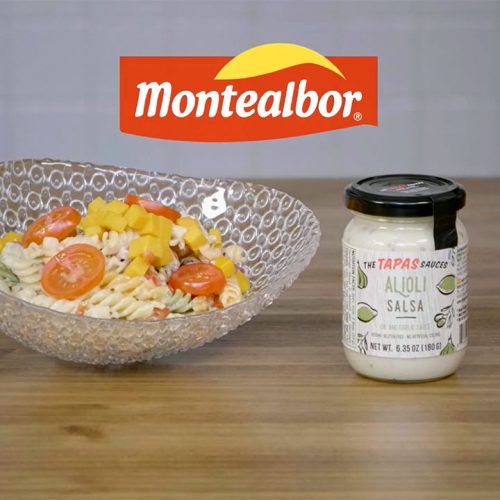You’ve heard of paella, but what do you really know about Spain’s national dish? Ever wondered where exactly it comes from, why it’s so popular, and how you can make it yourself? Well, it’s time to stop being a rookie and start becoming an expert.
Join us as we guide you through all you need to know about paella. Together, we’ll explore the dish’s origins, its key ingredients, the sauces you can use to enhance its flavor, and more. So, let’s dive into one large paella pan of tips, tricks, and culinary secrets.
The Origins of Paella
Spain’s proudest dish comes from the coastal region of Valencia. It’s believed to have been invented by farmers in the fields who craved a hearty dish to keep them going. By cooking large amounts of rice in the pan and throwing in whatever ingredients they could get their hands on, their cooking eventually evolved into the paella recipes we know and love to this day, most notably, paella Valenciana.
Paella Valenciana
The paella Valenciana is considered the most traditional and authentic paella dish. Typically, it is made from a mix of round-grain rice, green beans, rabbit, chicken, butter beans, chicken broth, olive oil, and sometimes duck.
In local festivities, it’s common to find paella Valenciana being cooked in one huge pan outdoors, while local people wait in line with their plates to be served. Although this is a Valencian tradition, the rest of Spain has turned it into a national pastime.
The name Paella
The name paella comes from paellera, which is a large round pan with two handles on either side. This is the pan that is used for cooking paella. The naming of the pan comes from the French word for frying pan, paelle, which has its roots in the Latin word of the same meaning, patela.
Connection to the Moors
Rice was brought to Spain during the time of Moorish rule. Without this event, paella would never have come into existence. However, it wasn’t until centuries after the Moorish era that the paella dish was invented.
Key Ingredients and Flavors
First and foremost, when it comes to making paella, you have to use the right kind of rice. It’s not like other recipes where changing the rice variety doesn’t make a huge difference. In paella the right rice is crucial and that happens to be round, short-grain rice. Varieties like Bomba and Calasparra are the most common ones used in Spain for cooking their national dish.
Saffron and Sofrito
One ingredient that must not be forgotten is saffron. It gives paella its golden color, but also, it adds a subtle and fragrant flavor. Then, of course, there’s sofrito, which is the base of the dish. Sofrito is a sautéed mix of onions, tomatoes, and peppers
Traditional or Experimental?
Although the traditional paella is made of the paella Valenciana ingredients, over the years, there have been a lot of variations both inside and outside of Spain. Most notably, seafood paella, which doesn’t include chicken or duck, but instead is packed with shrimp, mussels, clams, and squid.
In recent years, British chef Jamie Oliver caused a lot of controversy by inventing his own variation of the paella dish that included chorizo. This did not go down too well in Spain and resulted in a fair amount of online rage and ridicule from paella purists and proud Spaniards who considered it a sacrilege.
Some variations are, nonetheless, undeniably delicious, such as this black rice with salsa alioli recipe. This dish is less likely to offend paella enthusiasts given that, despite being an innovative recipe, it still consists of typical Spanish ingredients.
A Sauce for Paella
Traditional paella Valenciana is served with no sauce other than the concoction of ingredients that sizzle in the pan to create a flavorful liquid of its own. However, when it comes to seafood paella, we recommend adding a dollop of salsa alioli The Tapas Sauces to the mix for a creamy and garlicky flavor enhancer that pairs beautifully with the rest of the ingredients.
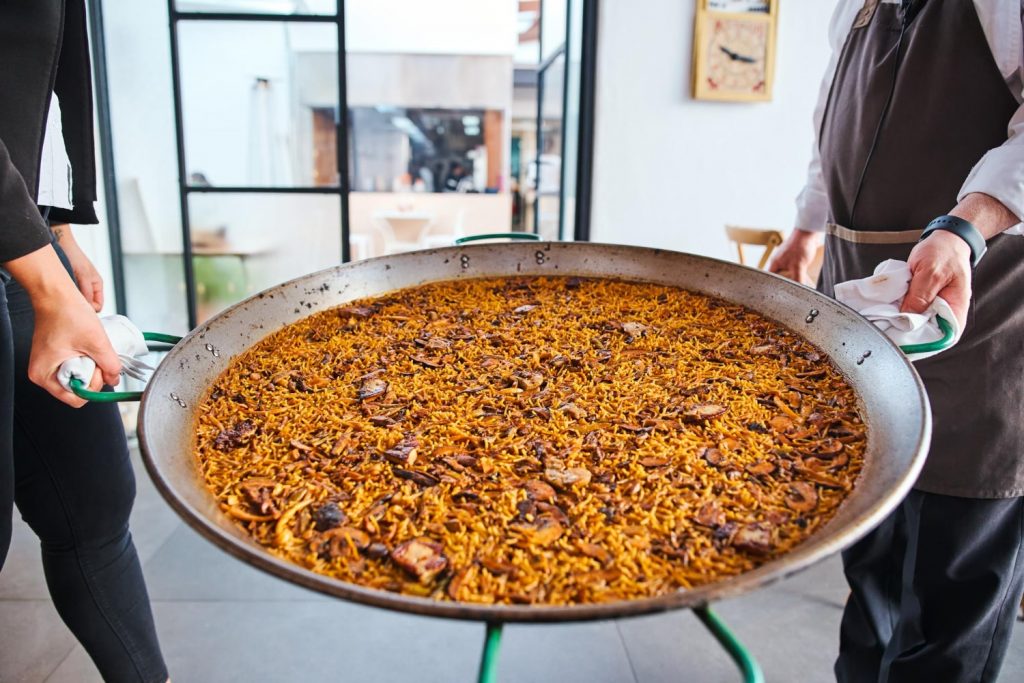
Beyond the Plate: The Cultural Significance of Paella
Paella’s not just about eating; it’s a part of Spanish culture and identity. To this day, many Spanish families typically enjoy paella on Sunday afternoons and during festivals. Paella is about bringing people together to enjoy each other’s company.
The recipe even has its own day of celebration. World Paella Day falls on September 20th and celebrates the rich heritage of Valencia’s culinary gem. Across the globe, you’ll find paella competitions and festivals, all showcasing the creativity and passion that go into making it.

